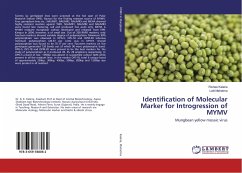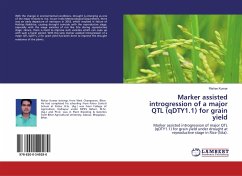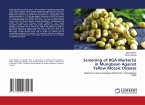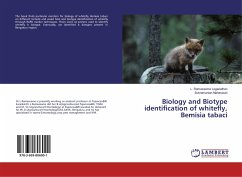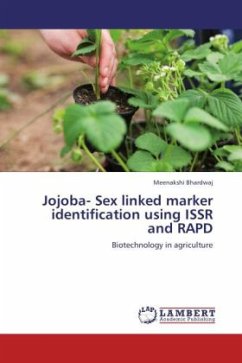Twenty six germplasm lines were screened at the hot spot of Pulse Research Station (PRS), Navsari for the finding resistant source of MYMV. Four germplasm lines viz., NAUMR1, NAUMR2, NAUMR3 and MEHA showed highly resistant reaction against YMD. NAUMR1, NAUMR2 and NAUMR3 were found late maturing, tall and produced few pods only. MEHA is MYMV resistant mungbean cultivar developed and released from IIPR, Kanpur in 2004, however, is of small size. Out of 200 RAPD markers, only fourteen markers showed variable degree of polymorphism. Maximum 90% polymorphism was observed in OPG-5, OPJ-18 and OPM-20 whereas minimum polymorphism (28.57 per cent) was in OPH-9. Overall polymorphism was found to be 70.17 per cent. Fourteen markers on five genotypes generated 126 bands out of which 90 were polymorphic band. OPG-5, OPJ-18 and OPM-20 were proved to be the best markers for the study of polymorphism as it produced 28, 35, 28 amplicons respectively. In OPG-5 a band of size ~850bp was absent in susceptible cultivar GM4 while present in all the resistant lines. In the marker OPJ-18, total 6 unique band of approximately 250bp, 300bp, 450bp, 500bp, 850bp and 1250bp size were present in all resistant.
Bitte wählen Sie Ihr Anliegen aus.
Rechnungen
Retourenschein anfordern
Bestellstatus
Storno

